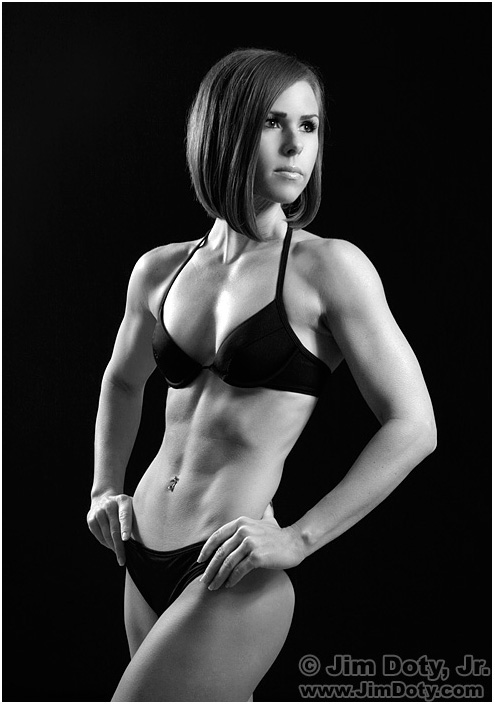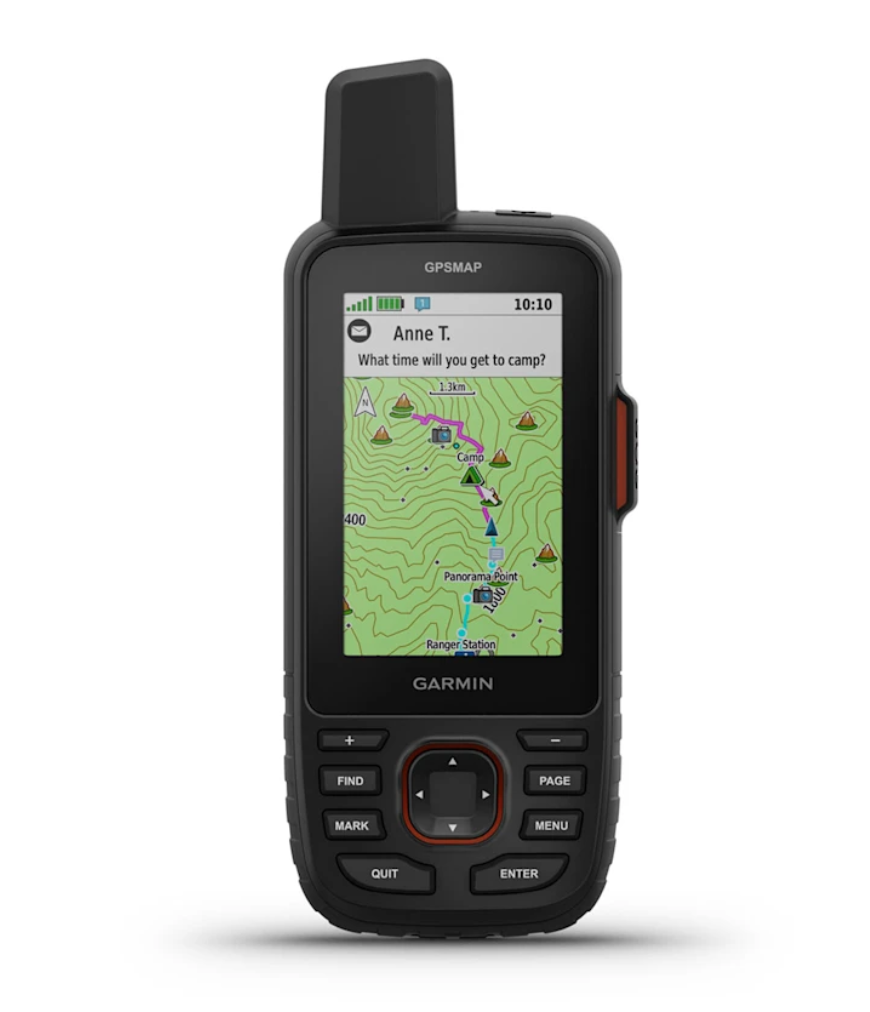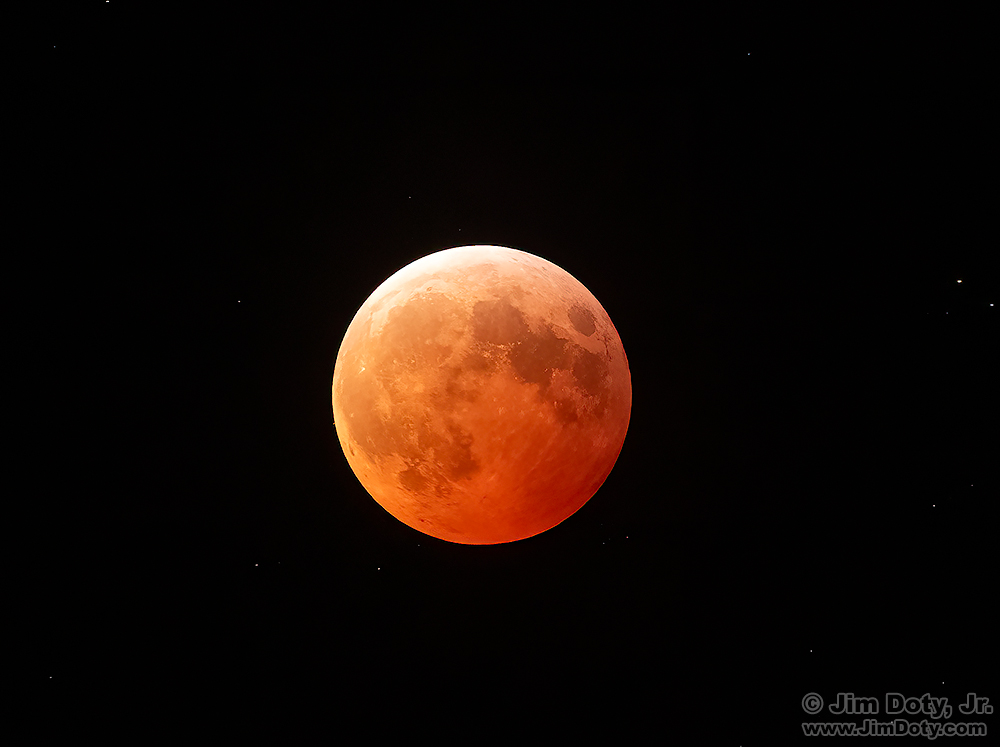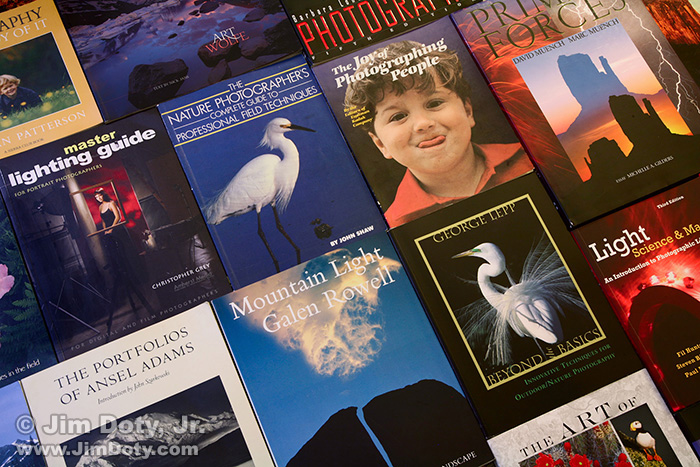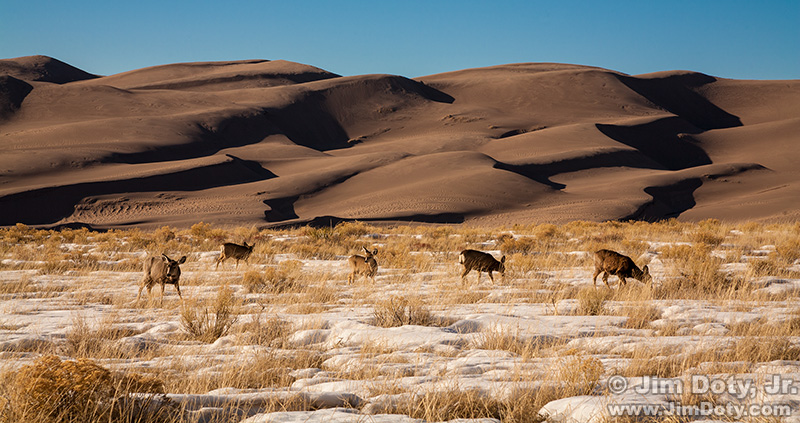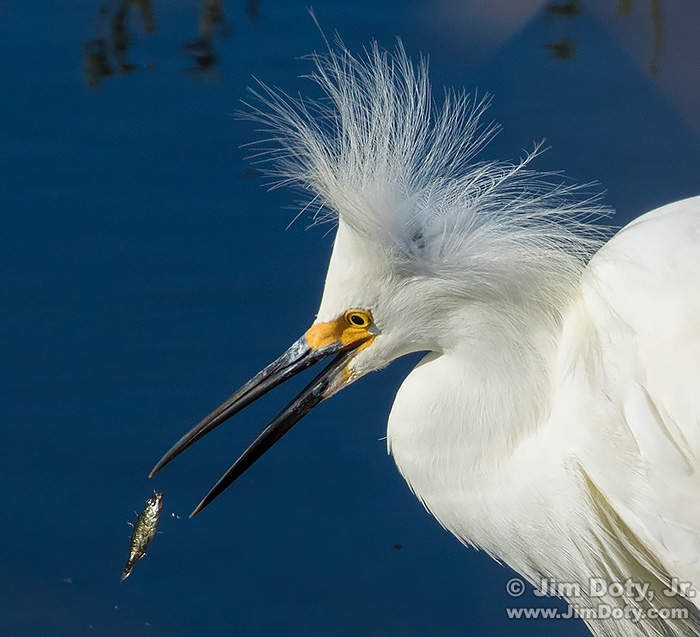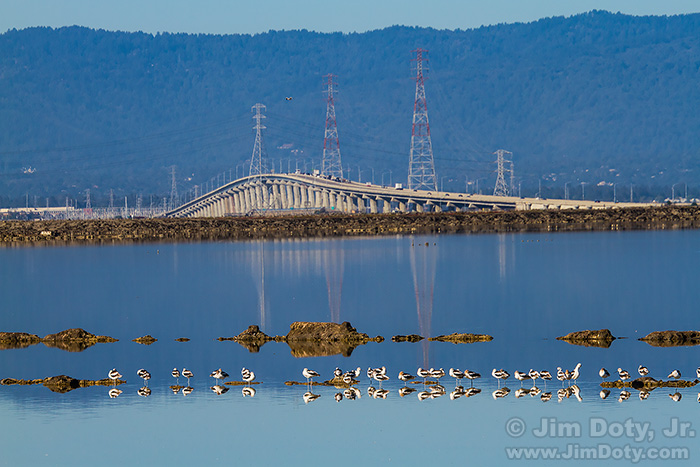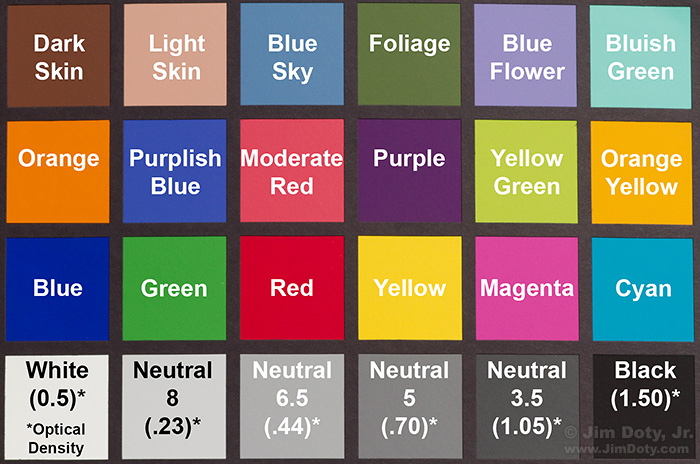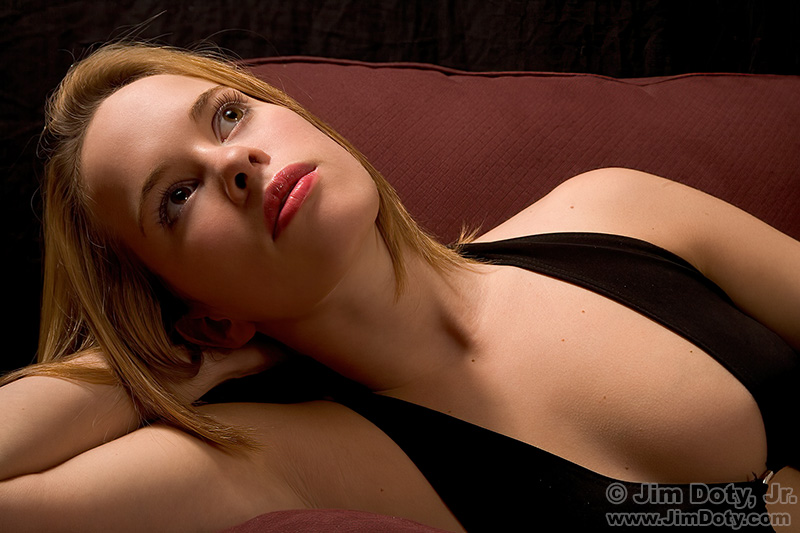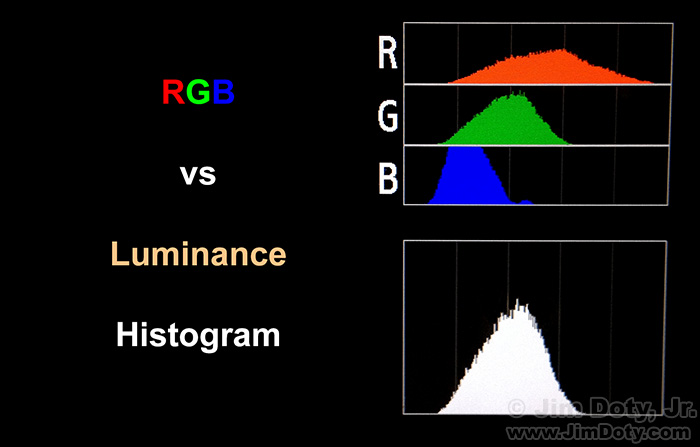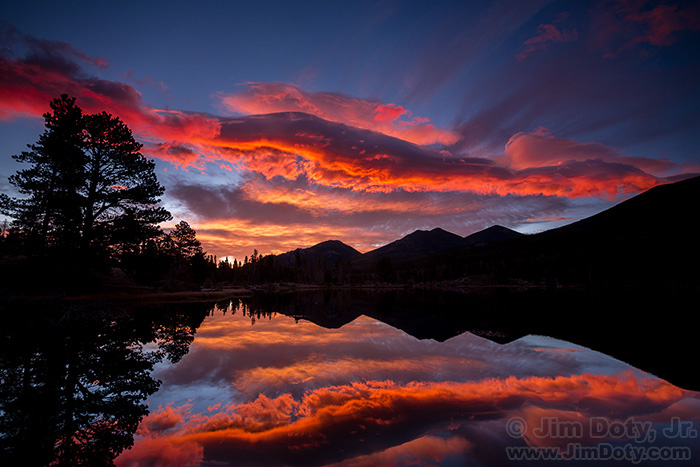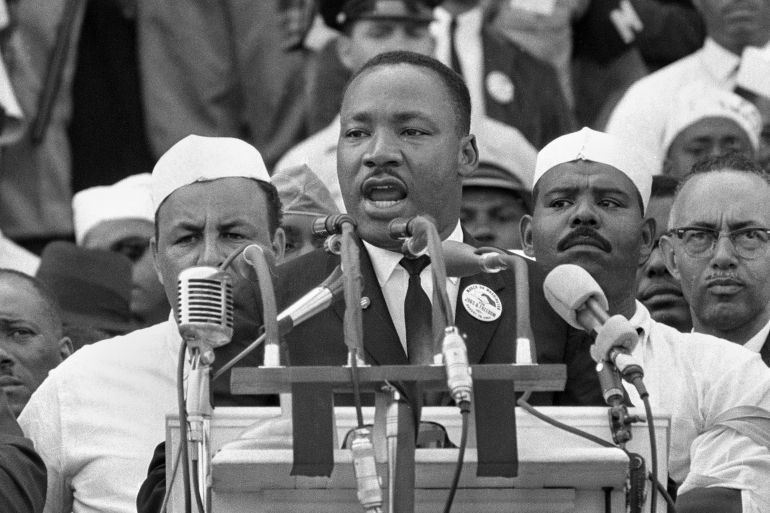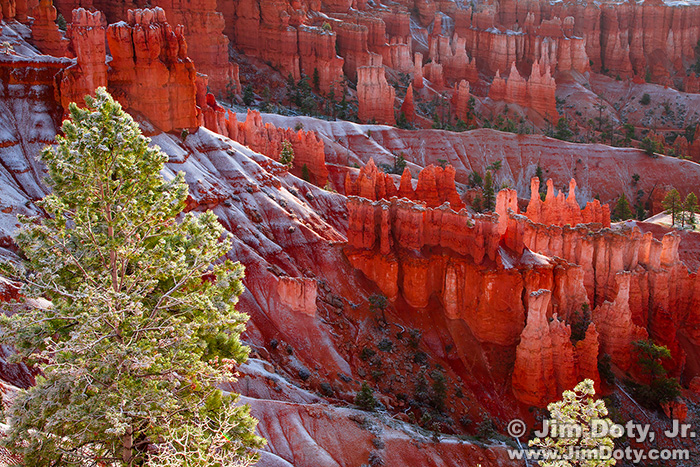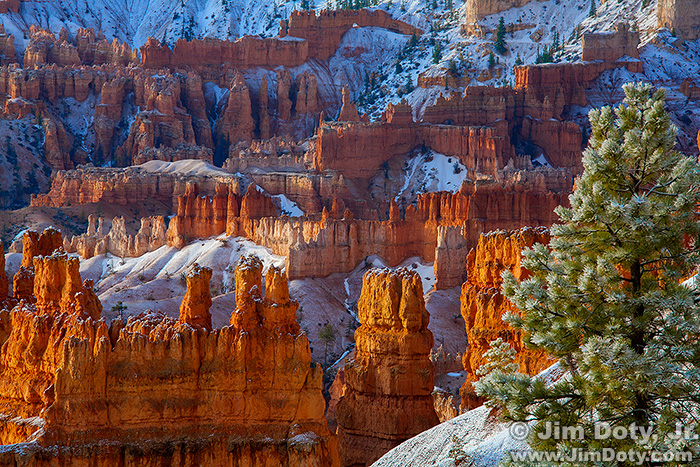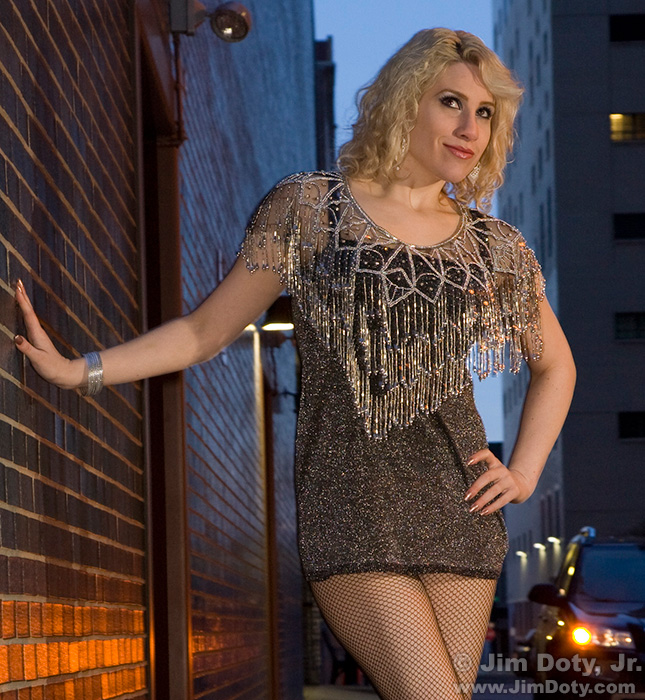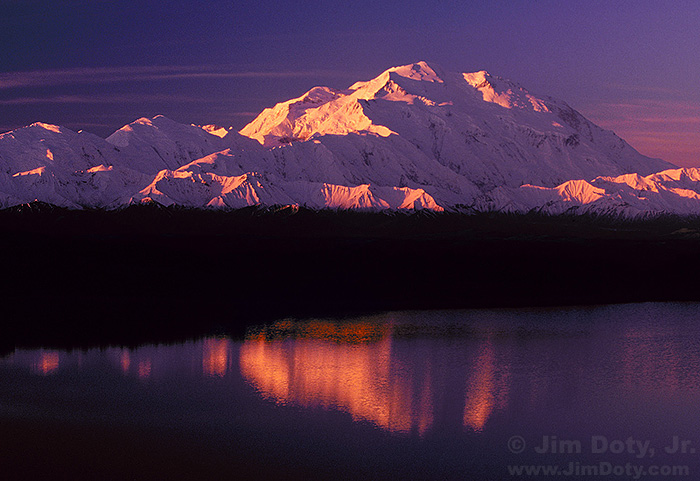We’ve been down this road before. To understand how this scam works, read this article. It covers all the details.
The Starscope Monocular, It Is The Same Old Scam
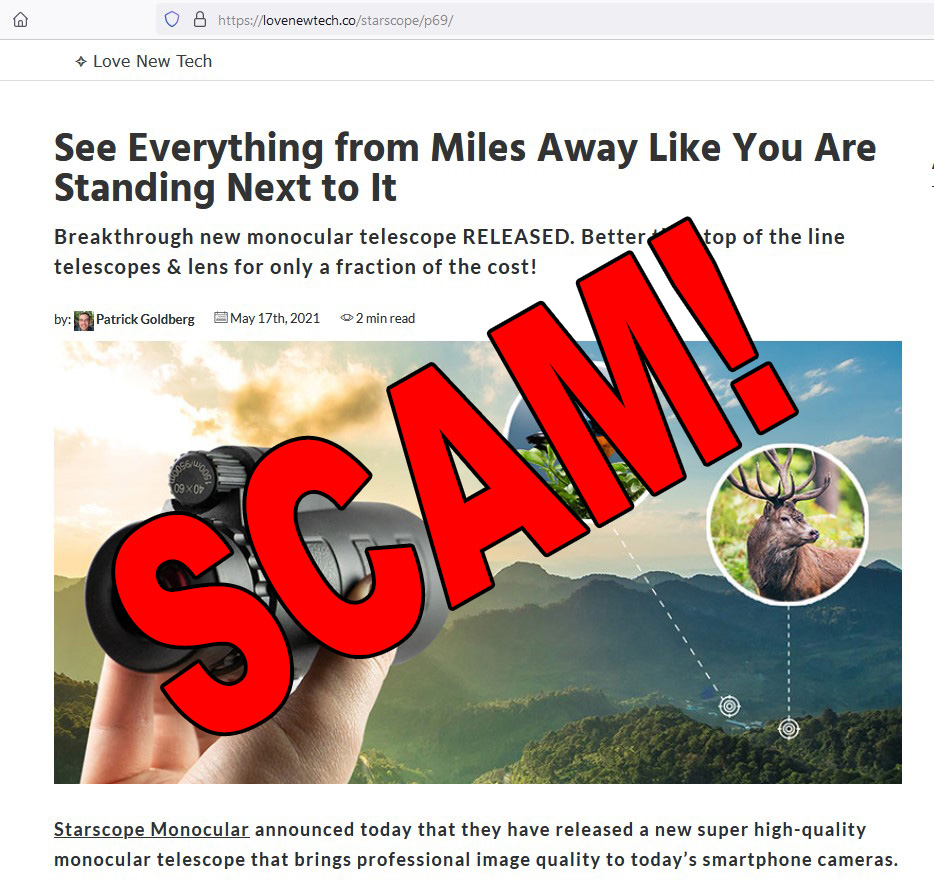
We’ve been down this road before (see the first link at the end). The scam works like this. Pick an inexpensively made product from China, jack up the price, make up ridiculous and false claims about the quality of the product and what it can do, and sell it on dozens of web sites using ads thinly disguised as articles. Go to the internet and grab professional photographs created with high dollar professional camera gear and put the photos in the ads to give the impression the photos were made with the Chinese product. And for good measure, say in the ads that the product was designed by American or German engineers and manufactured in the U.S. or Germany. Create fake customer reviews to go in the ads, and for good measure, create fake reviews sites to endorse the quality of the product.
One Photographer and Nine Outdoor/Travel Writers Pick the Best National Parks for Spring
Are you planning a spring photography trip to one or more U.S. national parks? Where should you go? Which parks will provide the best photographic opportunities? Which parks are at their best in the spring?
The Best National Parks to Photograph in Spring
Which national parks are at their very best in the spring? If I could go on a fabulous spring photography trip to the national parks of my choice, all expenses paid, which ones would I pick? Here are my choices, grouped by state from west to east. This list includes the favorites I have been to and want to go back to again, plus the ones I haven’t seen and most want to photograph.
Your Camera Loves “Middle Gray” – And Why That is Important
Your camera is in love with middle gray. The quicker you learn how to deal with this infatuation, the better your photos will look, including all of your color photos.
Exposure Warning: Turn On The Blinkies
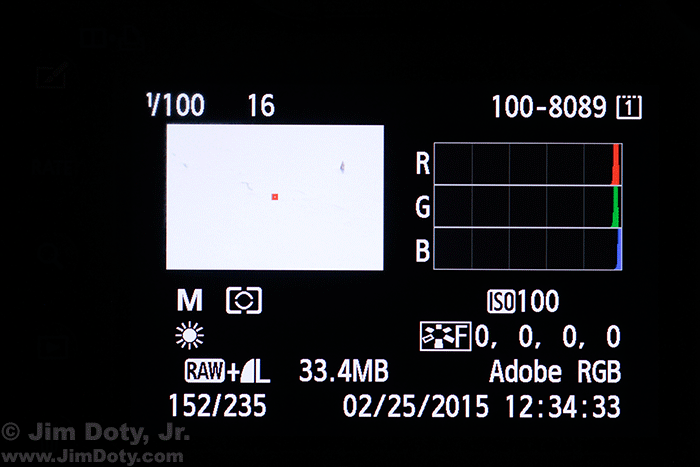
Camera LCD Display With The Blinkies Turned On. Washed out pixels in the photo are flashing white and black.
Some camera’s come with a highlight overexposure warning, commonly called “the blinkies”. If you have overexposed, blown out pixels, those pixels in your image will flash white and black. A quick look at the LCD image will tell you if part of your image has white, washed out, featureless pixels. If your camera has a highlight overexposure warning, I suggest you turn it on. If you see the blinkies and you don’t want washed out pixels, tone down your exposure until the blinkies go away.
Satellite Communicators: The GPS Messaging Devices That Can Save Your Life
You need help. You can barely move. You are far enough from the trail that no one can hear your voice. You have no cell phone signal. What do you do?
Every now and then you hear tragic stories about people who lose their lives simply because they didn’t have a cell phone signal and couldn’t call for help in an unexpected emergency. A $300 satellite communicator would have saved their lives.
Lunar Eclipse
How To See and Photograph the Blood Moon Eclipse, March 13-14, 2025
Don’t miss it. This total eclipse happens this Thursday-Friday, May 13-14 (depending on your time zone). This article will show you how to photograph it. To see it, just grab a lawn chair, a warm blanket, a cup of hot chocolate, and go outside and enjoy the show. A pair of binoculars adds to the show. Continue reading
Some of the Best All Purpose Photography Books
Out of hundreds of books in my photography library, these are my favorite all purpose photography books. This is a list of the books that were the most helpful to me when I took a serious interest in photography, and I continue to refer to them. These books were written back when film was king, but that makes them all the more valuable to today’s digital photographers. Some digital photography books get so bogged down in digital technical information that the heart and soul of photography gets lost. The best film photography books are about the heart and soul of photography. They talk about light and shadow, subjects and form, texture, line and shape, and visual impact – all of which also applies to digital photography.
Winter, Great Sand Dunes National Park
I usually prefer to go to Colorado in the fall to create landscape images, but I needed to be in Denver in early March anyway. So I headed south to the Great Sand Dunes and arrived February 28, 2008. The temperature was 44 degrees, so pretty pleasant for photography. It can be much colder in late February.
Sami Lynn, A Valentine Portrait

It was a week and a half after Valentine’s Day and most of the dozen Valentine’s Day roses in a vase on the dining room table were done and had been thrown away, but a few were still looking good. I asked Sami to lay on the floor, handed her a long stemmed rose, and I carefully arranged her hair. Then I stood up and pulled the best looking petals off of more roses and randomly dropped them on her. Some didn’t land quite right so I re-positioned a couple of them.
Patrick Demarchelier, Fashion Photographer
I recently watched The Devil Wears Prada for the first time. Fascinating and fun movie. In one scene, Amanda (Meryl Streep) the very particular and tough-as-nails editor of RUNWAY magazine says to Andy (Anne Hathaway) her new 2nd assistant, “Did Demarchelier confirm?” Andy is clueless. So Emily (Emily Blunt), Amanda’s 1st assistant, grabs a phone and says, “I have Patrick”. I got the Demarchelier reference instantly. I am a huge fan of Patrick Demarchelier’s work. You may not recognize his name but you have probably scene his work.
Some Days Are Amazing!
Some days are “so so”, some days are average, and some days are amazing. Summer is not my favorite time of year to photograph birds at the Don Edwards San Francisco Bay National Wildlife Refuge, but July 14, 2016 was an amazing day. This photo of a feeding Snowy Egret was just one of many fine images from the morning. He stabbed at his prey and it came out of the water but not in his beak.
Favorite Photo Places: Don Edwards San Francisco Bay National Wildlife Refuge
Located on the east side of San Francisco Bay near Fremont, California, the Don Edwards San Fransisco Bay National Wildlife Refuge is one of my favorite places to go when I am in the Bay Area.
The Best Colors Come From the Best Exposures
This has to be one of the best kept photographic secrets: The more accurate your exposures are, the better your colors will be. Why? If your exposures are off, the colors in your photograph will shift in different directions. You can correct the exposure in post processing, but you can’t correct the color shifts. Since the colors shift in different directions, if you try to correct one color (as you will see below), the other colors will get even worse.
Rachel in Rembrandt Lighting
This is Rembrandt lighting. The best clue is the triangle shaped light on her right cheek.
RGB vs Luminance Histograms – How To Use Them
If your camera offers both RGB and luminance histograms, choose RGB. An RGB histogram is one of your most valuable exposure tools. A luminance histogram can lead to bad exposures and poor colors.
Exposure Warning: Turn On The Blinkies

Camera LCD Display With The Blinkies Turned On. Washed out pixels in the photo are flashing white and black.
Some camera’s come with a highlight overexposure warning, commonly called “the blinkies”. If you have overexposed, blown out pixels, those pixels in your image will flash white and black. A quick look at the LCD image will tell you if part of your image has white, washed out, featureless pixels. If your camera has a highlight overexposure warning, I suggest you turn it on. If you see the blinkies and you don’t want washed out pixels, tone down your exposure until the blinkies go away.
Your Camera Loves “Middle Gray” – And Why That is Important
Your camera is in love with middle gray. The quicker you learn how to deal with this infatuation, the better your photos will look, including all of your color photos.
How to Use Your Camera’s Exposure Compensation Scale
The exposure compensation scale on your camera is one of the keys to mastering exposures, getting better images, and ending up with professional quality colors. This means taking your camera off of full auto mode and taking control of your own exposures.
Links to Martin Luther King, Jr.’s Classic Speeches at YouTube
The video quality of some of these links is iffy.
I Have a Dream – short version with still photos
I have a Dream – short version with video
MARTIN LUTHER KING – “I have a dream” – closing text

Martin Luther King Jr.
Today is Martin Luther King Day in the United States. Martin Luther King, Jr. was born January 15, 1929. He was a Baptist minister and a prominent civil rights advocate. King was the youngest person to receive a Nobel Peace Prize when it awarded to him in 1964. He was assassinated April 4, 1968 in Memphis, Tennessee.
One of his most famous speeches was delivered at the Lincoln Memorial August 28, 1963. Often referred to as the “I have a dream” speech, it is one of the most significant and powerful speeches of the 20th century. A portion of the speech follows. Links to the full speech and an audio file are at the end of this post.
How to Photograph a Musician in the Cold and Snow
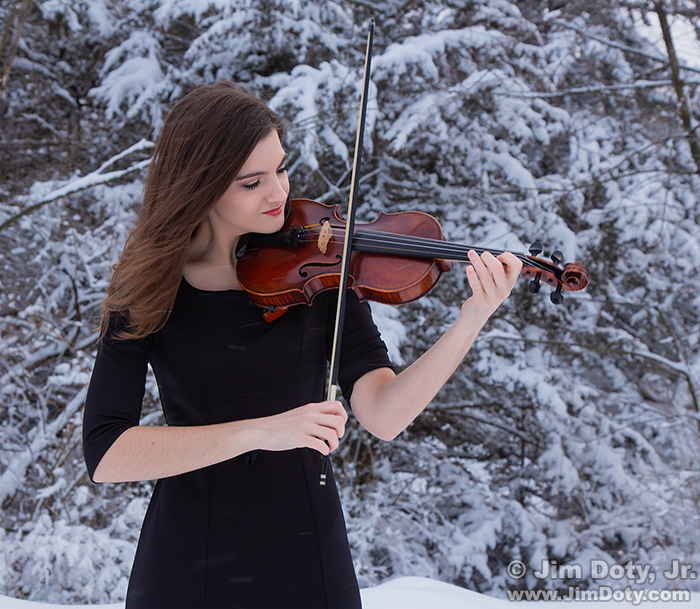
It was my happy privilege to do winter portraits of Beth Presler who is a superb violinist. This article has suggestions for photographing any musician on a cold, snowy winter day.
Winter Photography Safety Essentials
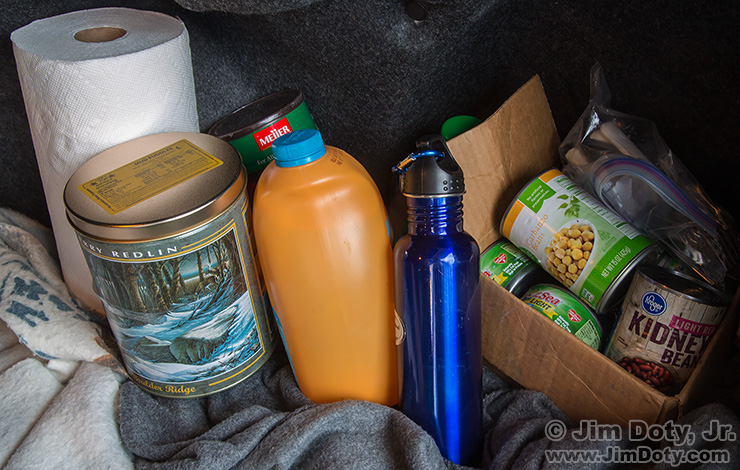
Some of the winter travel items I carry in the trunk of my car. This is the “kitchen” and “furnace”.
I grew up in Colorado where strange weather can strand you in any month of the year. Even though it is rare, I’ve seen blizzards in the Colorado high country in July. So I learned to carry some safety essentials when doing winter photography in remote locations. You never know when you might be stranded for several hours, a whole day, or longer, until the blizzard abates and someone can come find you. This is what I carry in my car when I hit the road in the winter and pretty much any time I am going to be in the High Rockies. I include a few winter travel tips, too.
How to Protect Your Camera Gear in the Cold and Snow
Cold and snow can cause a lot of damage to your camera gear. Something as simple as shooting outside and taking your camera inside your house or car can cause hidden damage that won’t show up until days or weeks later. The simple steps in this article could save you hundreds of dollars in repair bills.
One Photographer and Nine Outdoor/Travel Writers Pick the Best Winter National Parks
Thinking about a photography trip to one or more U.S. national parks this winter? You can benefit from the work I have done. Some national parks look better in the winter than others. You will want to make them a priority. After you read this article I recommend you also read the companion article: The Best National Parks to Photograph in Winter.
The Best National Parks to Photograph in Winter
Winter provides some wonderful photo opportunities in our national parks. But some national parks look much better in the winter than others. So if you haven’t gone into hibernation for the winter, here are the best national parks to go photograph this winter, grouped by state from the west to the east. There are a few bonus locations thrown in too. At the end I give you my “best of the best” list.
How To Work With A Model (or Anybody Else) When The Windchill is 4°
You would think a windchill of 4° Fahrenheit (-16°C) would be too cold for a photo shoot, but not with some models. Selina and I booked this January shoot weeks in advance so we knew it would be cold, but we had no idea how cold until the day arrived. Despite the frigid temperatures, Selina did no want to reschedule for later. When we created the image above the windchill was 4°. By the end of the shoot the windchill was 3°. Incidentally, this image made it into my photography book (page 217). Here’s the story behind this image and how to work with a model (or anybody else) when it is so cold.
The Sunny f16 Rule Isn’t Reliable in Winter
The Sunny f16 rule is really useful on bright sunny days in the spring, summer, and fall, but you can’t rely on it for accurate exposures on bright, snowy winter days. It will often lead you astray and you will have seriously blown out highlights. There are much more accurate ways to meter in the winter.




